5 Signs Your Dog Needs Professional Dental Cleaning
by dogtoyadvisor | Last updated on November 18, 2020
We only review products we tested ourselves. We have affiliate partnerships, so we get a share of the revenue from your purchase.

Dental care is a serious concern of ours, not only because Dobby has struggled a lot with tartar and plaque, but also because we’ve learned how important good dental health is for dogs.
And because of that, just about every day we get questions about professional dental cleaning and other ways to keep dogs’ teeth clean.
So we decided to write a bit more about it.
Much like humans, a dog’s mouth is prone to bacteria and infections.
We could argue that it’s actually worse for dogs, due to them liking to eat nasty stuff of the ground and licking their own bottoms… And other dog’s bottoms…
But we digress.
It’s just so easy for a dog to get bad breath that we tend to find it normal when, in fact, bad breath means trouble.
What Happens If You Neglect Your Dog’s Teeth
Depending on how bad the situation gets, there are a few consequences to ignoring your dog’s dental issues.
For us, the four years we procrastinated meant Dobby lost three of his teeth.
Once the vet managed to remove the plaque, he saw rotten teeth that were just too damaged to save. Leaving them could mean infection and more pain for Dobby.
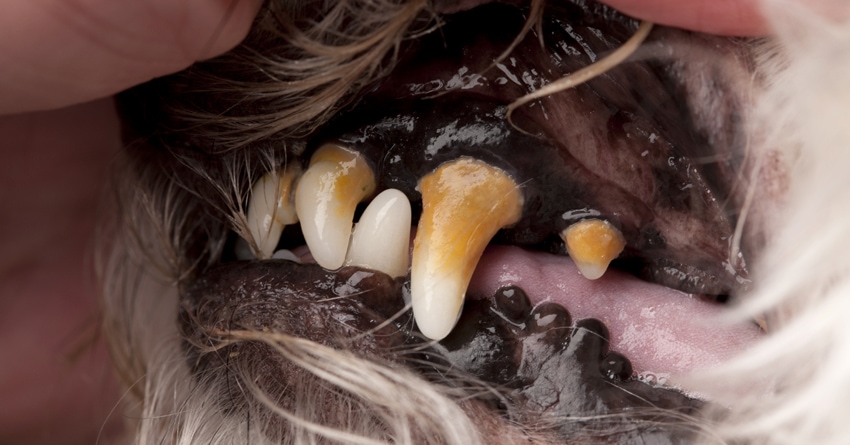
Pain and bleeding goes without saying. If you notice your dog eating less already or if you notice blood stains on his chew toys or his bed, know that it will only get worse.
Ultimately, it’s just like for us humans: rotten teeth fall off and dental bacteria can spread to the blood circulation, meaning possible life threatening infections.
Overall, a list of things you wouldn’t want your beloved best friend to have to go through if you can help it.
Why Your Dog’s Teeth Are in Danger
There are several reasons why your dog may have dental issues, like genetic reasons, the food he eats or simple lack of care.
Dental chews or chew toys alone aren’t enough to keep good dental hygiene, sometimes not even cleaning your dog’s teeth daily is enough to keep his teeth in good shape.
If your dog’s problem is the food he eats or lack of care or it’s still early stages, you’ll probably be able to control the situation and even reduce the damage.
But if your dog is in bad shape teeth wise, you need to act.
5 Tell-Tale Signs:
– If you notice a yellow plaque covering his teeth
– If he’s bleeding from the gums when he chews
– If you know his parents also suffer from plaque buildup and tartar
– If you notice he’s having a hard time eating
– If his breath is beyond foul
When your dog presents a combination of some of the factors mentioned above, it’s time to take action.
How to Prevent Dental Surgery
As we’ve mentioned, there are ways to prevent a dental cleaning, if your dog’s dental problems are still in early stages.
Likewise, if your dog just had a dental cleaning, it’s important to make sure he will never have to do another.
If you take three easy, consistent steps, you should be able to keep your dog’s teeth in check for the rest of his long life.
Step 1 – Clean His Teeth
We do it every other day but, if your dog has a strong genetic predisposition to dental issues daily might be better.
We use an enzymatic tooth paste (pet tooth paste, never human).
You can use your finger, a soft toothbrush or one of those rubber toothbrushes that fit on your finger. Clean the back of the teeth with particular care.
If your dog doesn’t allow you to brush his teeth, don’t despair. The good thing about enzymatic tooth paste is that it works by simply being in contact with the dog’s mouth.
And since it’s so tasty to them, you should be able to feed it to your pet easily.
Step 2 – Give Him Plenty of Chews
There are plenty of dental chews available, but we have a favorite: VeggieDent.
It was a tip from our vet who is a stomach specialist and has more than 30 years of experience. It’s gluten and animal-protein free, low on carbs and still very tasty.
We give it to our dogs every other day and have never noticed any sort of stomach or intestine upset, which for our dogs is a plus.
Step 3 – Chew Toys
Chew Toys are very clever. They’re made to massage the entirety of a dog’s mouth. Their edges and grooves reach those tight spots your tooth brush or finger probably won’t.
It’s a fun, simple way to prevent plaque and tartar buildups simply because they keep cleaning your dog’s teeth and gums.
Here is our number one suggestion:
Why We Delayed Dental Cleaning
When we adopted Dobby he was about one year old and already had some brown staining on his teeth.
His vet told us it was probably due to the bad conditions he lived in before, from eating leftovers or maybe even rotten food to survive.
Immediately we began giving him dental chews but every time we tried brushing his teeth he would panic so we gave it up after a while.
As time went by, we noticed the situation was getting worse.
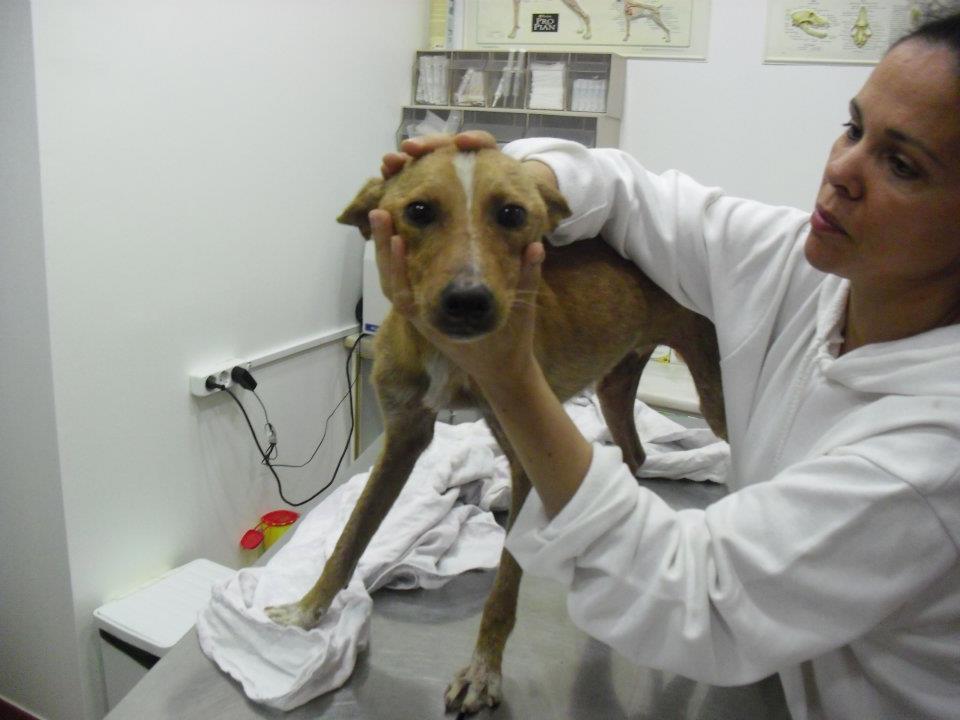
Each time we mentioned it to other dog owners, they told us he was too young to get the procedure and that after the first time he would have to do it frequently for the rest of his life, so we might as well wait a bit longer.
Dobby went to the vet about once or twice a year and each time the vet told us he was getting worse but we still wanted to wait, to try something else, to avoid subjecting him to that.
Ultimately, we figured the best course of action was for him to get a Dental Cleaning and be extra vigilant and careful after that to make sure he would never had to do another.
How The Procedure Works
Yes, your dog will get a full anesthesia, just because it’s impossible for the vet to do it with your dog awake.
Yes, this means he will have to fast about twelve hours (no food OR water) before it.
We took Dobby and stayed with him until he was asleep, then returned for him about four hours later. He was already awake, though a bit week in the knees. A few hours later, he was good as new.
Medication-wise, the vet prescribed antibiotics and pain killers for a couple of days and an antiseptic gel for his teeth (he really hated that).
Also we introduced the enzymatic tooth paste immediately and he loved the taste of it.
Price-wise, the procedure with the medicine included cost us less than having him neutered. Also, it’s something that you’ll only need to do once, if you create a proper dental care routine after it.
So the main concern for getting the veterinarian dental cleanup is the anesthesia.
If your dog is very old or has some sort of medical condition, you’ll have to talk the pros and cons of doing it over with your vet.
Other than that, it’s a very simple procedure.
It Really Does Work
We’re obviously not vets or specialists in any way.
But we do know what we’re talking about because, three years on from Dobby’s veterinarian dental cleaning, his teeth are healthy and clean.
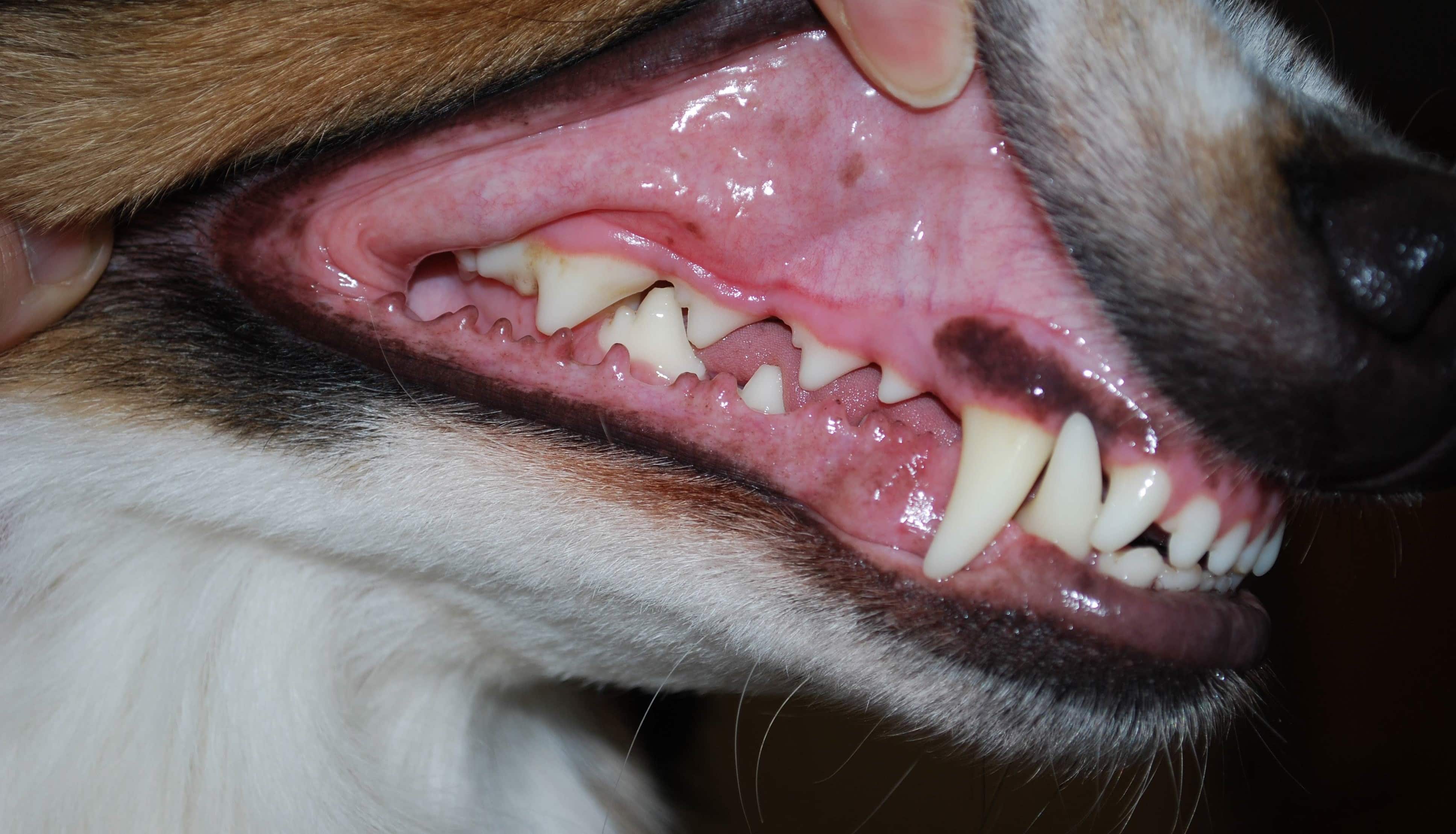
Applying these steps to Coco and Tommy meant controlling and reversing the problem before it escalated, their teeth are now white and healthy, no plaque in sight!
This dental routine might seem bothersome at first but, just like any habit, if you keep at it, you’ll soon do it without even thinking.
And the benefits your dog gets from such simple steps more than compensate for the hassle.
Affiliate links / Images from Amazon Product Advertising
Recommending Reading:




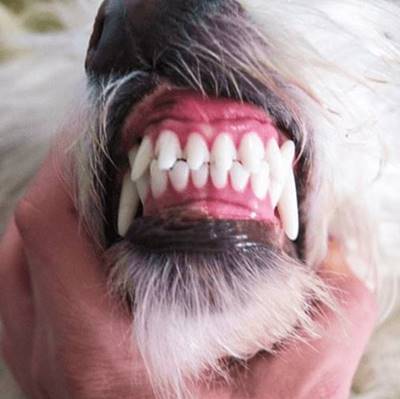
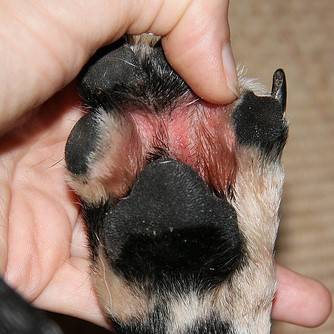


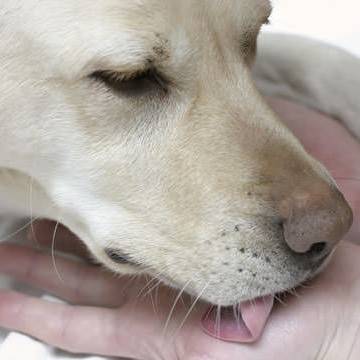
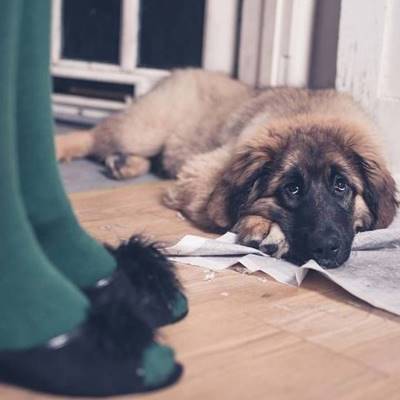

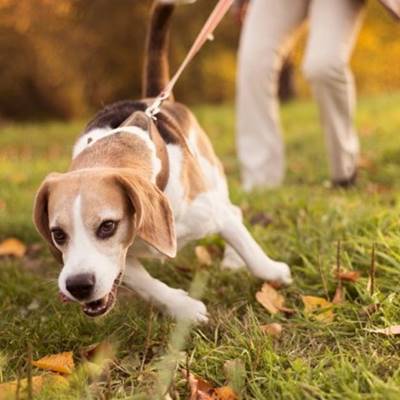
0 Comments